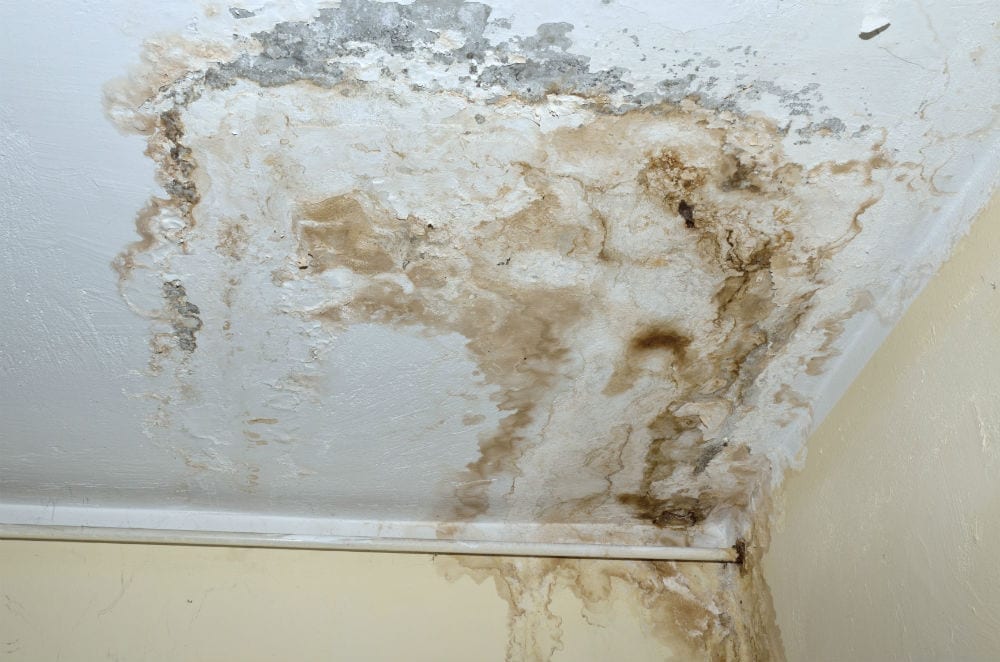Do's & Don'ts of Water Damages.
Do's & Don'ts of Water Damages.
Blog Article
How do you actually feel when it comes to Reducing Your Risk Of Water And Fire Damage At Home?

Water provides life, yet water intrusion on some parts where it's not meant to be can cause damages and hassle. It can peel away the surface and wear down the material's structure if the water leaks into your structure. Mold and mildew likewise prosper in a wet setting, which can be unsafe for your and your family's health. In addition, homes with water damage smell old and musty.
Water can come from many sources like hurricanes, floods, ruptured pipelines, leaks, and sewer concerns. It's far better to have a functioning understanding of safety preventative measures if you have water damages. Right here are a few standards on exactly how to handle water damage.
Do Prioritize Residence Insurance Policy Protection
Seasonal water damage can originate from floods, seasonal rains, and also wind. There is likewise an occurrence of an abrupt flood, whether it originated from a malfunctioning pipe that suddenly breaks into your residence. To secure your home, obtain house insurance that covers both disasters such as all-natural calamities, and also emergency situations like broken plumbing.
Do Not Fail To Remember to Turn Off Utilities
When calamity strikes and also you remain in a flood-prone area, turn off the primary electrical circuit. Turning off the power prevents
When water comes in as water offers as a conductor, electric shocks. Do not fail to remember to turn off the major water line shutoff as a means to prevent more damage.
If the floodwaters are getting high, keep your furniture stable as they can move around as well as cause added damage.
Do Remain Proactive and also Heed Climate Informs
If you live in a location tormented by floodings, remain aggressive and prepared at all times. Pay attention to the news and evacuation cautions if you live near a body of water like a creek, river, or lake.
Don't Neglect the Roofing System
Your roofing contractor ought to take care of the damaged rain gutters or any various other indications of damage or weakening. An inspection will certainly prevent water from streaming down your walls as well as saturating your ceiling.
Do Focus On Tiny Leaks
A ruptured pipe doesn't happen in a vacuum or over night. There are red flags that can draw your focus and also indicate to you some damaged pipes in your home. Indicators of red flags in your pipelines include bubbling paint, peeling wallpaper, water streaks, water discolorations, or leaking sounds behind the wall surfaces. There are signs that the pipeline will burst. Do not wait for a rise if you see these signs. Repair and also examine your plumbing fixed prior to it results in massive damages to your residence, financial resources, as well as an individual problem.
Do Not Panic in Case of a Burst Pipe
Timing is essential when it comes to water damages. If a pipeline bursts in your home, right away shut off your primary water valve to reduce off the resource and also protect against more damages. Call a respectable water damages remediation professional for aid.
Water offers life, but water intrusion on some parts where it's not intended to be can result in damage and also aggravation. In addition, residences with water damages smell musty and also old.
Seasonal water damage can come from floods, seasonal rainfalls, and wind. Indications of red flags in your pipelines include bubbling paint, peeling off wallpaper, water touches, water stains, or leaking audios behind the walls. If a pipeline ruptureds in your home, promptly shut off your main water valve to reduce off the resource and avoid even more damages.
Some Do's & Don't When Dealing with a Water Damage
DO:
Make sure the water source has been eliminated. Contact a plumber if needed. Turn off circuit breakers supplying electricity to wet areas and unplug any electronics that are on wet carpet or surfaces Remove small furniture items Remove as much excess water as possible by mopping or blotting; Use WHITE towels to blot wet carpeting Wipe water from wooden furniture after removing anything on it Remove and prop up wet upholstery cushions for even drying (check for any bleeding) Pin up curtains or furniture skirts if needed Place aluminum foil, saucers or wood blocks between furniture legs and wet carpet Turn on air conditioning for maximum drying in winter and open windows in the summer Open any drawers and cabinets affected for complete drying but do not force them open Remove any valuable art objects or paintings to a safe, dry place Open any suitcases or luggage that may have been affected to dry, preferably in sunlight Hang any fur or leather goods to dry at room temperature Punch small holes in sagging ceilings to relieve trapped water (don't forget to place pans beneath!); however, if the ceiling is sagging extremely low, stay out of the room and we'll take care of it DO NOT:
Leave wet fabrics in place; dry them as soon as possible Leave books, magazines or any other colored items on wet carpets or floor Use your household vacuum to remove water Use TV's or other electronics/appliances while standing on wet carpets or floors; especially not on wet concrete floors Turn on ceiling fixtures if the ceiling is wet Turn your heat up, unless instructed otherwise

As an enthusiastic person who reads on Preventing Fires and Water Damage In Your Home, I thought sharing that blog post was sensible. Sharing is caring. You just don't know, you might be helping someone out. I value reading our article about Reducing Your Risk Of Water And Fire Damage At Home.
Report this page